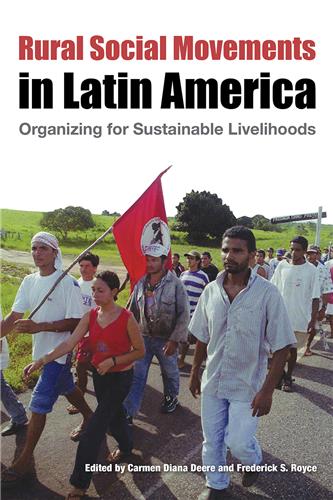Plants play a critical role in how we experience our environment. They create calming green spaces, provide oxygen for us to breathe, and nourish our senses. In <em>The Nature of Plants</em>, ecologist and nursery owner Craig Huegel demystifies the complex lives of plants and provides readers with an elucidating journey into their inner and outer workings.
Search Results for 'Barbara A. Purdy'
1084 results for 'Barbara A. Purdy'
Please note that while you may order forthcoming books at any time, they will not be available for shipment until shortly before publication date
Offers one of the most comprehensive surveys of Cuban art available anywhere
This textbook will teach students how to exploit IS in a technology-rich environment. It will emphasize why, no matter what their major, information and communications technologies (ICT) are, and increasingly will be, a critical element in their personal success and the success of their organizations.
Using Maria Elena Moyano's own words, the editor of this poignant story has re-created the voice of the martyred Peruvian activist. In 1992, at age 33, Moyano was assassinated by guerrillas of the revolutionary movement Shining Path. Through this
The contributors to Rural Social Movements in Latin America include academic researchers as well as social movement leaders who are seeking to effect change in their countries and communities. As a group they are at the forefront of some of the most critical environmental, social, and political issues of the day.
In the eighteenth and early nineteenth centuries, much of what is now the western United States was known as Alta California, a distant corner of New Spain. The presidios, missions, and pueblos of the region have yielded a rich trove of ceramics materials, though they have been sparsely analyzed in the literature. <em>Ceramic Production in Early Hispanic California</em> examines those materials to reinterpret the economic position of Alta California in the Spanish Colonial Empire.








